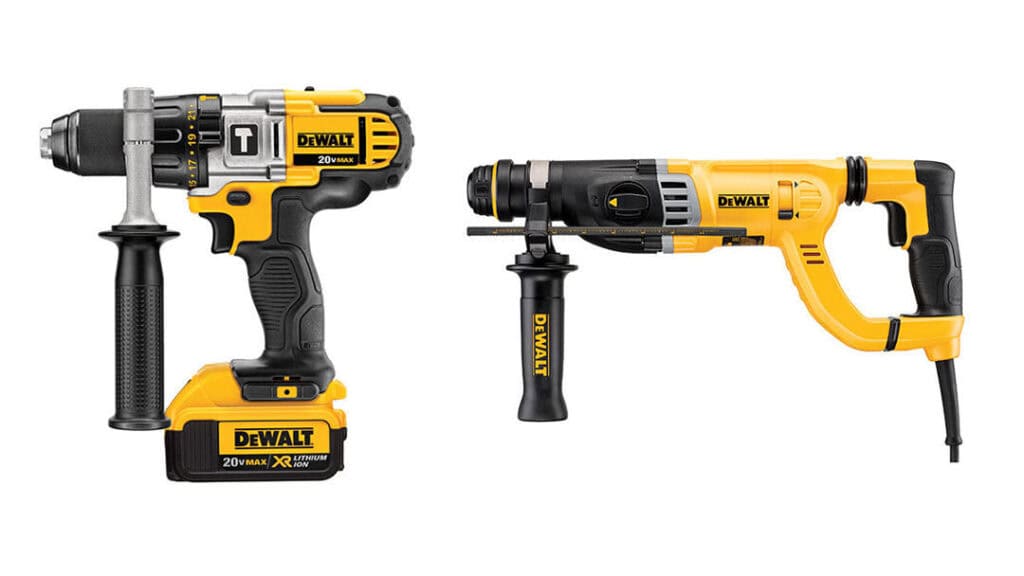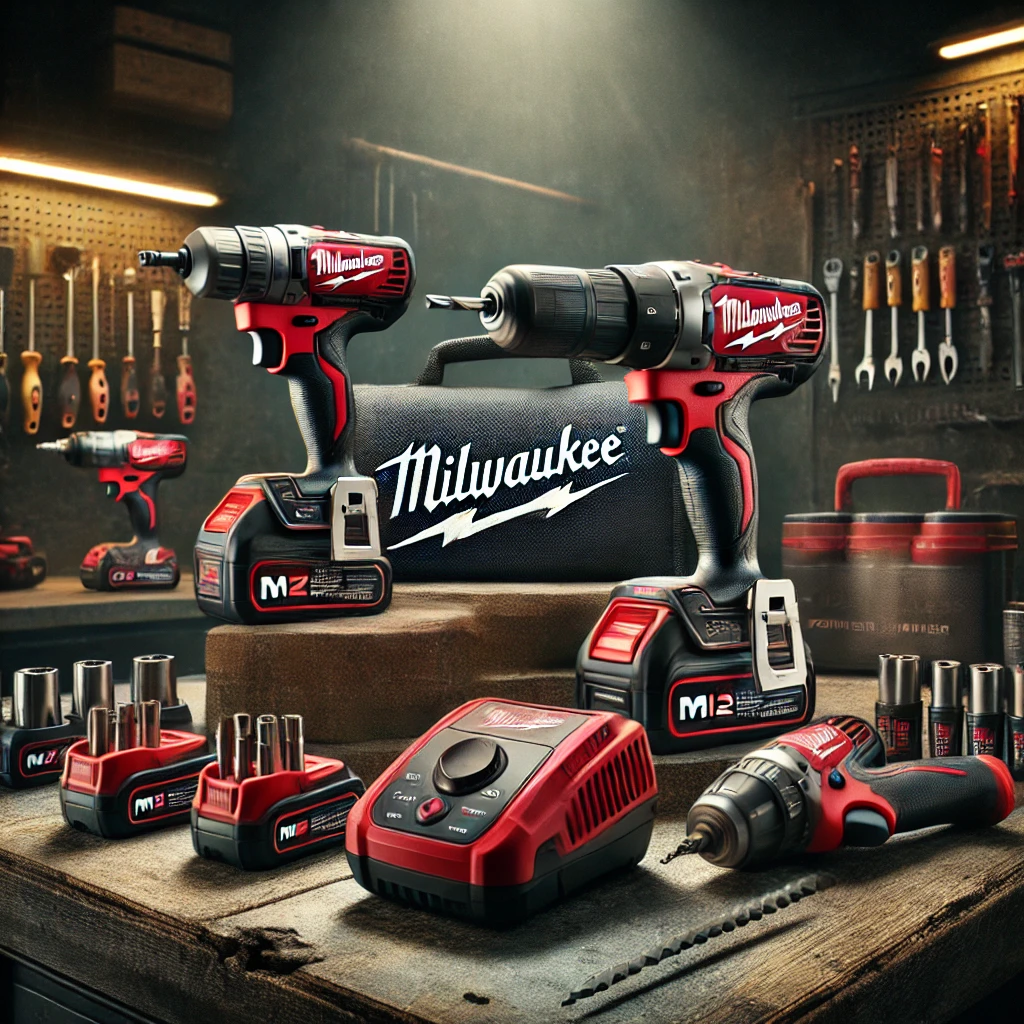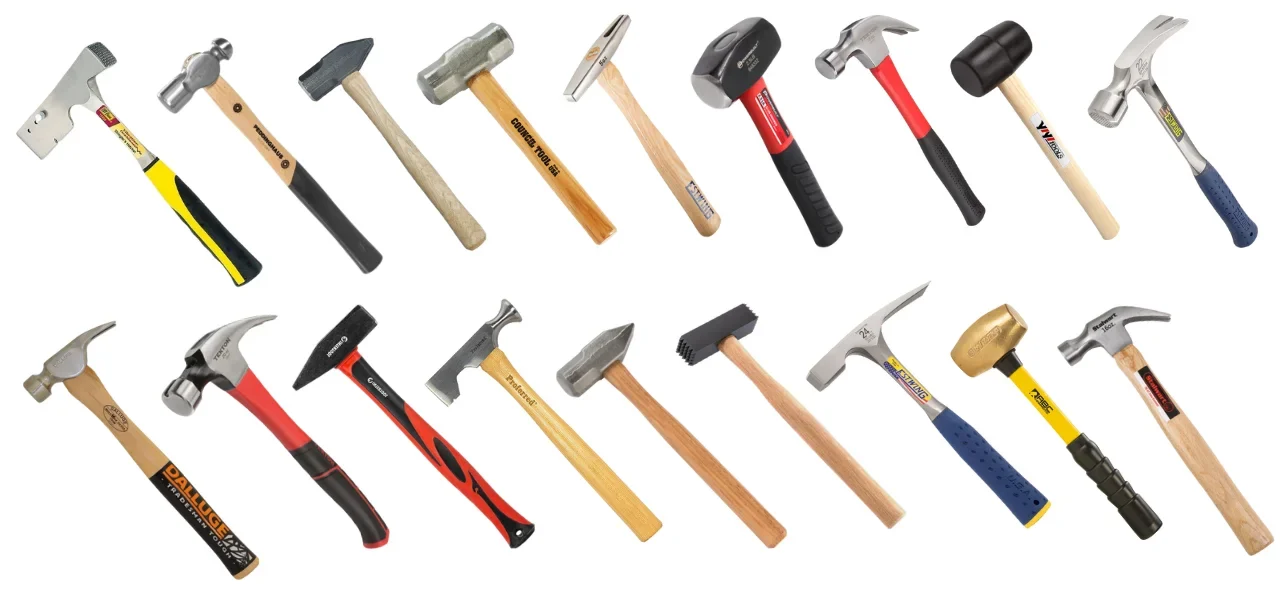In the realm of construction and DIY projects, the choice between a rotary drill and a hammer drill can make or break your efficiency. We’ve crafted this comprehensive guide to help you navigate the nuances of these power tools, ensuring you select the perfect companion for your next project.
Head-to-Head: Rotary Drill vs. Hammer Drill
Let’s break down the key differences to help you make an informed choice:
| Feature | Rotary Drill | Hammer Drill |
|---|---|---|
| Power | High impact energy | Moderate impact energy |
| Max Hole Size | Up to 2 inches | Up to 1/2 inch |
| Durability | Highly durable | Moderate durability |
| Versatility | Multiple modes (drill, hammer drill, hammer) | Limited modes |
| Cost | Higher initial investment | More affordable |
| Professional Use | Preferred by professionals | Suitable for DIY and light professional use |
Decoding the Rotary Drill: The Powerhouse of Drilling

What Sets a Rotary Drill Apart?
A rotary drill, often referred to as a rotary hammer, is the heavyweight champion of the drilling world. This robust tool harnesses a piston-driven hammer mechanism to deliver unparalleled power and precision.
The Inner Workings: Piston-Driven Hammer Mechanism
At the heart of a rotary drill lies an ingenious piston-driven hammer mechanism. This intricate system converts rotational energy into powerful, rapid impacts, allowing the drill to pulverize even the toughest materials with ease.
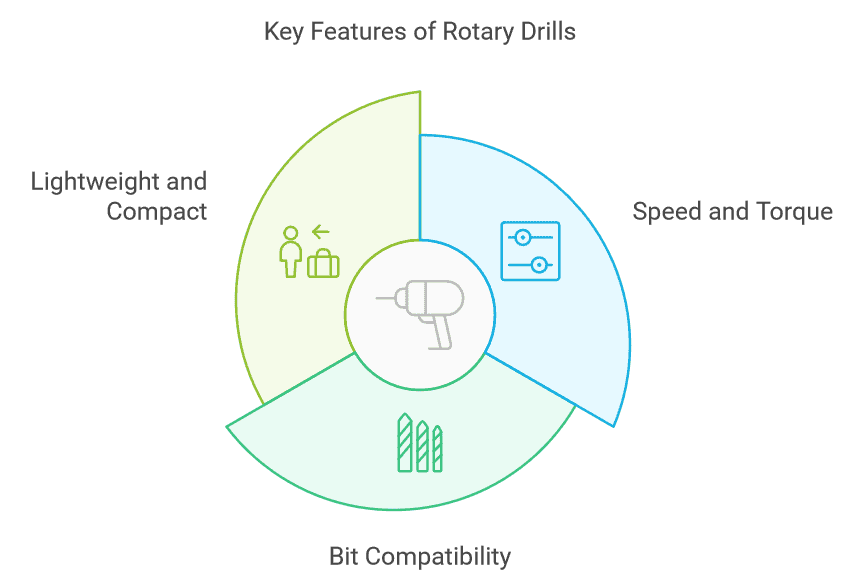
Advantages That Pack a Punch
- Unmatched Power: Rotary drills boast superior impact energy, making light work of dense materials.
- Versatility: With multiple operating modes, including hammer-only, these tools offer flexibility for various tasks.
- Large-Scale Capacity: Capable of drilling holes up to 2 inches in diameter, rotary drills tackle big jobs effortlessly.
Where Rotary Drills Shine
These powerhouses excel in:
- Drilling substantial holes in concrete
- Tackling brick and stone with ease
- Breaking up concrete for demolition or renovation
Hammer Drill: The Versatile Virtuoso
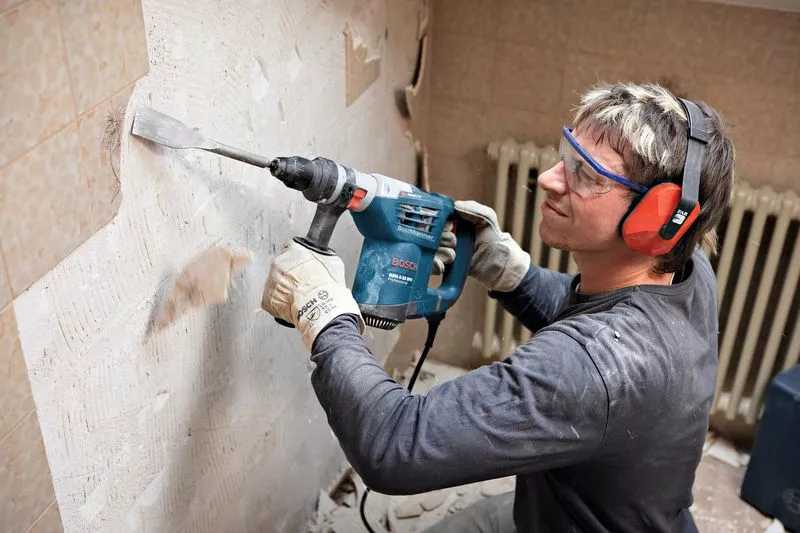
Defining the Hammer Drill
A hammer drill, while less potent than its rotary counterpart, offers a blend of functionality and affordability that’s hard to beat. This tool employs a unique sliding disc mechanism to deliver its hammer action.
The Clever Mechanics: Sliding Discs with Ridges
Inside a hammer drill, you’ll find a pair of grooved discs that slide past each other, creating rapid impacts. This ingenious design allows for both rotary and hammer action, providing versatility in a compact package.
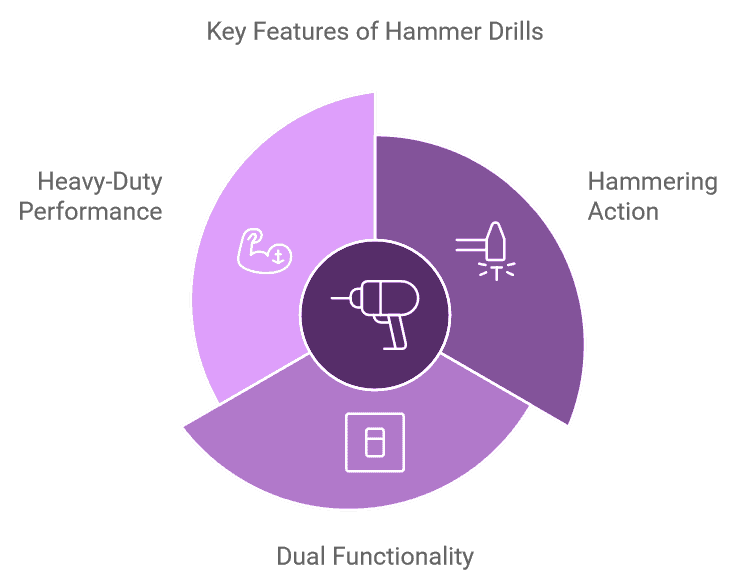
The Hammer Drill’s Strong Suits
- Cost-Effective: Generally more budget-friendly than rotary drills.
- Dual Functionality: Seamlessly switches between hammer and regular drill modes.
- Compact Design: Ideal for tight spaces and overhead work.
Ideal Applications
Hammer drills are perfect for:
- Drilling into concrete blocks and bricks
- Creating holes in mortar
- Occasional light-duty work on poured concrete
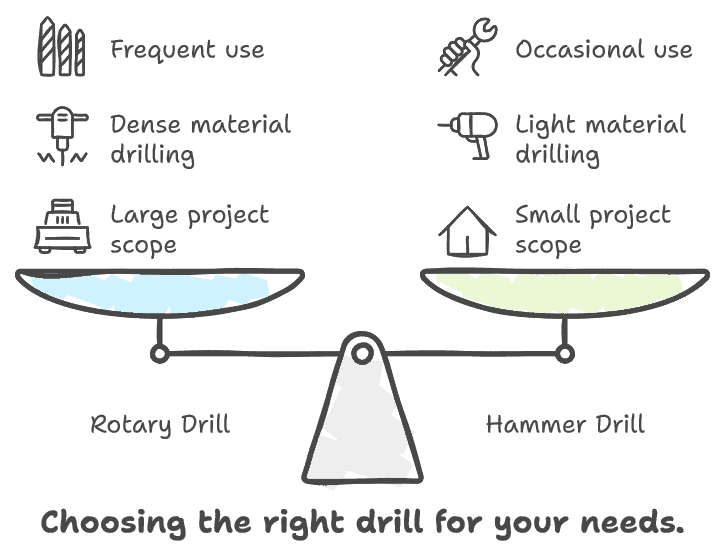
Selecting Your Ideal Drilling Companion
When choosing between a rotary drill and a hammer drill, consider these factors:
- Project Scope: Assess the size and quantity of holes you need to drill.
- Material Density: For dense concrete or stone, opt for a rotary drill.
- Frequency of Use: Professional or frequent users should invest in a rotary drill.
- Budget Constraints: If cost is a concern, a hammer drill offers good value for light-duty work.
- Versatility Needs: For a tool that can switch between drilling and driving, a hammer drill might be the better choice.
Pro Tip
For home projects requiring occasional heavy-duty drilling, consider a corded rotary hammer. They offer excellent power at a more affordable price point than their cordless counterparts.
Bits and Bobs: Drill Bits and Accessories
Choosing the right accessories can significantly enhance your drilling experience:
Rotary Hammer Bits
- Feature aggressive flute patterns for efficient debris removal
- Equipped with durable carbide tips for faster drilling in tough materials
- Available in various sizes to match your project needs
Hammer Drill Bits
- Similar to regular drill bits but with a small carbide tip
- Suitable for light-duty masonry work
- More affordable than rotary hammer bits
Essential Accessories
- Dust Extraction Nozzles: Keep your work area clean and improve visibility
- Depth Gauges: Ensure consistent hole depth for precise work
- Chisels: For rotary hammers with a hammer-only mode, expanding their versatility
Safety First: Drilling with Confidence
When wielding these powerful tools, remember:
- Ear Protection: Both tools generate significant noise; protect your hearing.
- Eye Safety: Always wear safety glasses to guard against flying debris.
- Firm Grip: Be prepared for sudden jamming, especially with rotary hammers.
- Proper Technique: Let the tool do the work; avoid applying excessive pressure.
- Ventilation: When drilling indoors, ensure adequate air circulation to manage dust.
Wrapping Up: Making the Right Choice
In the battle of rotary drill vs. hammer drill, there’s no one-size-fits-all winner. Your choice depends on your specific needs:
- For Heavy-Duty Work: A rotary drill is your go-to tool, offering unmatched power and versatility.
- For Occasional Use: A hammer drill provides a cost-effective solution for light-duty masonry work.
Remember, investing in the right tool not only makes your work easier but also ensures better results and longevity of the equipment. Whether you’re a seasoned professional or an ambitious DIY enthusiast, understanding these tools empowers you to tackle any drilling challenge with confidence.

